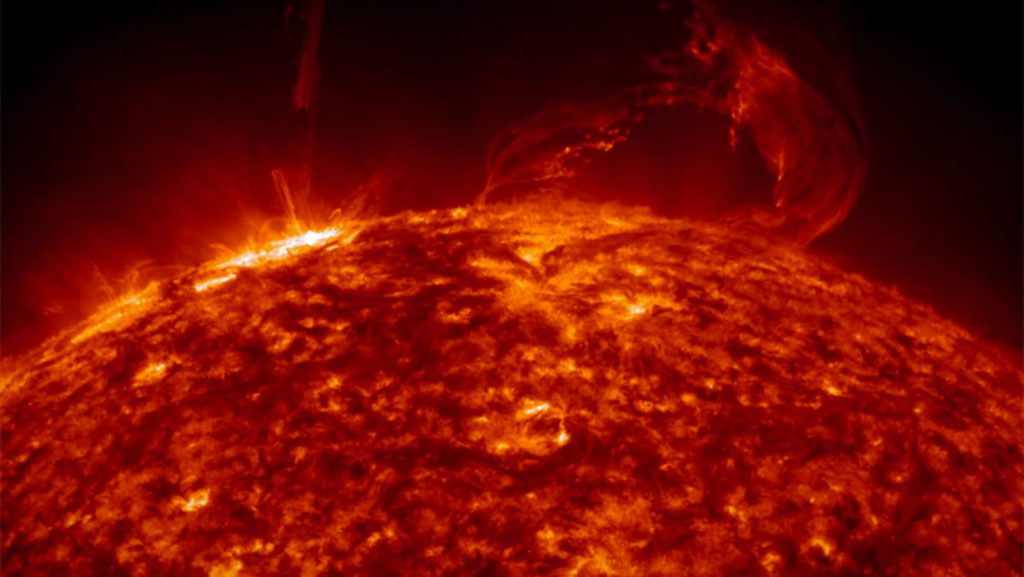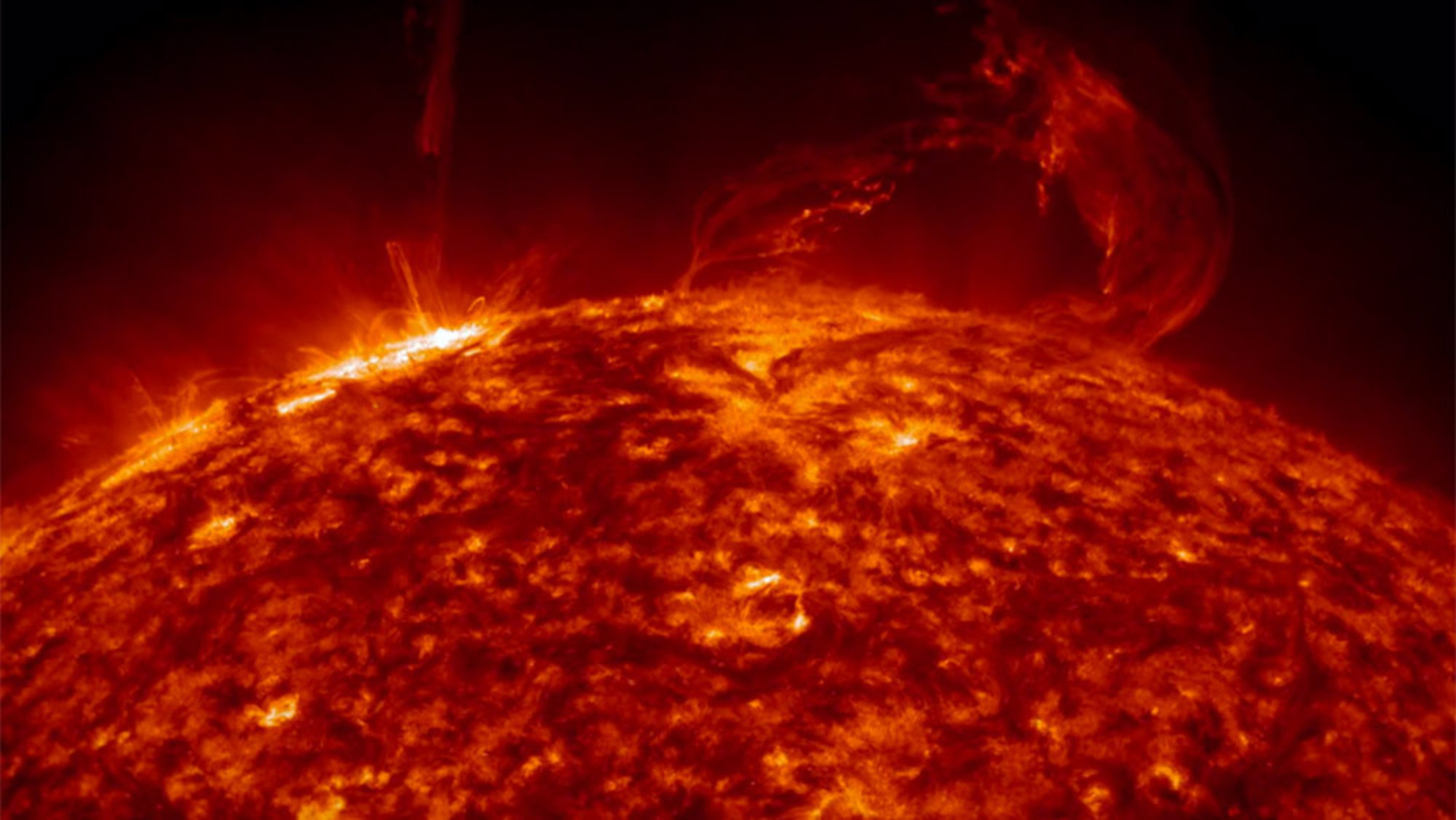Black Hole Sun
By Cosmic Strings In Cosmic StringsI get this question a lot.
What would happen to the Earth if the Sun became a black hole?
I think most people hope the answer will involve cosmic disaster…the Earth would be torn apart and shredded in a giant cataclysm! Let’s face it, we humans love spectacle. It’s why we like disaster movies.
But in this case, well…disaster is what you make of it.
Contrary to what most people think, the Sun becoming a black hole would not at all guarantee the destruction of Earth…as long as the Sun’s mass did not change significantly. If the Sun were to suddenly shrink to become a black hole, nothing about the Earth’s orbit would change. As long as the mass of the Sun remains what it is now, the Earth would happily continue to orbit the black hole Sun, just as it orbits our Sun right now.
However, the Sun is more than just a gravitational mass that keeps our planet from being flung out into the depths of space. The Sun is the source of all light and heat for the solar system. Without the energy provided by the Sun, the Earth would become an extremely dark, cold, miserable place.
And that’s what would happen if the Sun became a black hole. Black holes, by definition, send forth no light or heat. So Earth orbiting a black hole Sun would be a pretty awful place, as the Earth itself bleeds out the last remnants of its warmth into space, and humanity slowly freezes to death.
How’s that for a disaster?
But never fear! Because the Sun will never become a black hole. It can’t. It’s just too small.
The largest stars in space are rather like the brightest stars in Hollywood…they tend to live fast and die hard. Big stars burn through their fuel quickly, and at the end of their lives, they explode as supernovas. But with a really big star, even after the supernova explosion, there’s enough stellar core left for gravity to keep collapsing it. Eventually the core will become so dense that not even light, which moves at 300,000,000 meters per second (that’s 186,000 miles per second), is moving fast enough to escape from the surface of the star. At that point, the star has become a black hole.
Now our Sun is big. Really big. Over 1 million of the planet Earth could fit inside it. It has a diameter 10 times bigger than the biggest planet in the solar system – Jupiter. The Sun is no slouch in the size department. But our Sun is still fairly small as stars go. There many, many stars much larger than our Sun. Our Sun is just too small to become even a supernova, let alone a black hole. Our star will die a much quieter death, puffing its outer atmosphere into space as a nebula, and leaving its core behind to fade as a white dwarf. Much less dramatic than those big guys.


The surface of the Sun in Hydrogen-alpha. Courtesy NASA
And don’t worry about that either…that event is billions of years away. We’ve got plenty of time to prepare. So all in all, if you’re looking for a big disaster, you’ll probably do better watching a classic disaster movie. Allow me to suggest the sci-fi/horror 1958 classic The Blob starring a then-unknown Steve McQueen. It’s a disaster all right, regardless of how you look at it. Enjoy!
Kelly







No Comment
Sorry, the comment form is closed at this time.